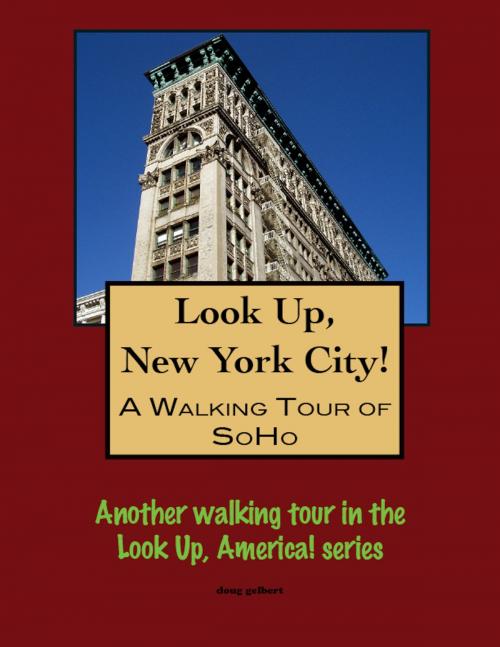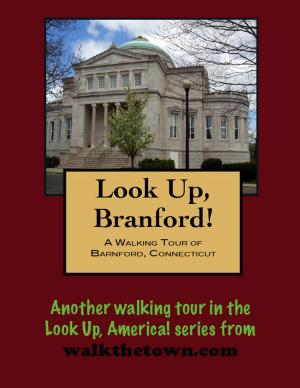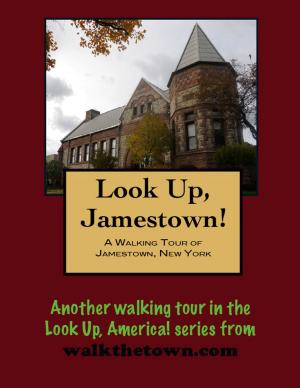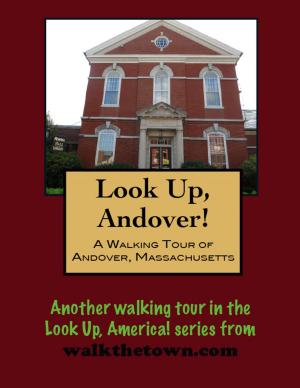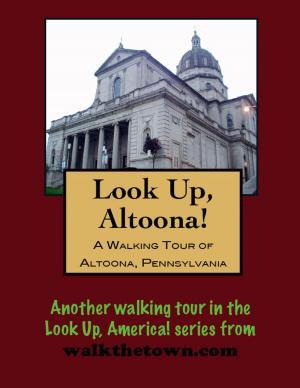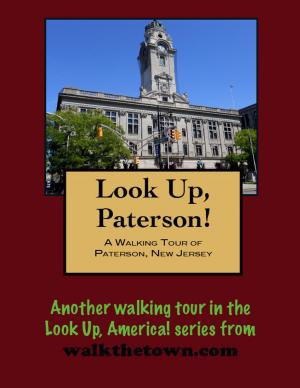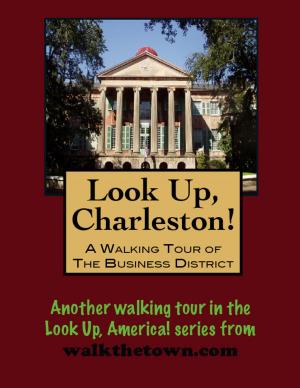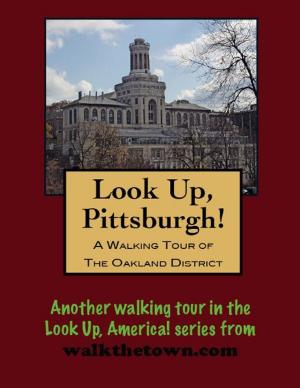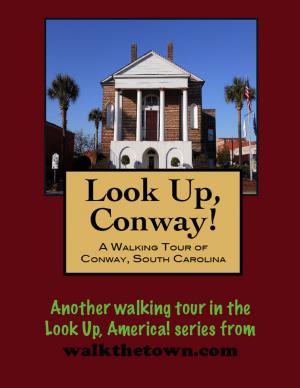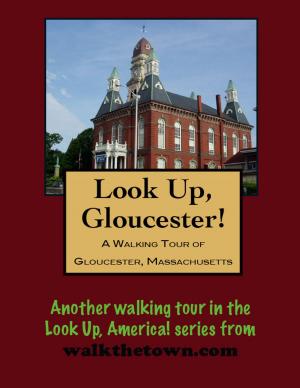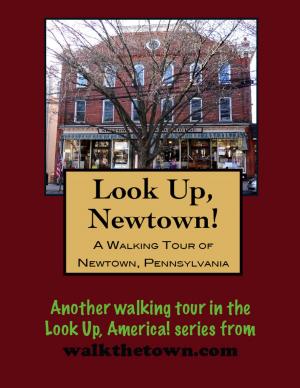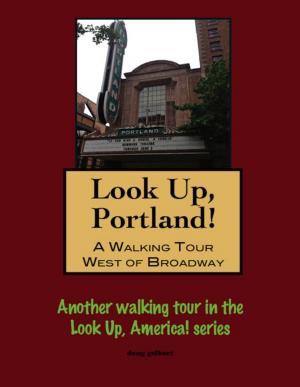| Author: | Doug Gelbert | ISBN: | 9781452307671 |
| Publisher: | Doug Gelbert | Publication: | January 11, 2010 |
| Imprint: | Smashwords Edition | Language: | English |
| Author: | Doug Gelbert |
| ISBN: | 9781452307671 |
| Publisher: | Doug Gelbert |
| Publication: | January 11, 2010 |
| Imprint: | Smashwords Edition |
| Language: | English |
There is no better way to see America than on foot. And there is no better way to appreciate what you are looking at than with a walking tour. Whether you are preparing for a road trip or just out to look at your own town in a new way.
Each walking tour describes historical and architectural landmarks and provides pictures to help out when those pesky street addresses are missing. Every tour also includes a quick primer on identifying architectural styles seen on American streets.
SoHo - the name is a blend of “South” and “Houston” from “south of Houston Street - is today a fashionable shopping and cultural district built on the shoulders of artists. What became SoHo was to have been the locale of two enormous elevated highways of the Lower Manhattan Expressway before the project was derailed and abandoned in the 1960s.
After abandonment of the highway scheme, the city was still left with a large number of historic
buildings that were unattractive to manufacturing and commerical interests. Many of these buildings, especially the upper stories which became known as lofts, attracted artists who valued the spaces for their large areas, large windows admitting natural light.The cheap rents were nothing to sneer at either. The source of these airy, well-lit spaces are the cast-iron building facades that were constructed during the period from 1840 to 1880. SoHo boasts the greatest collection of cast-iron architecture in the world with approximately 250 such buildings. Cast iron was initially used as a decorative front over a pre-existing building. With the addition of modern, decorative facades, older industrial buildings were able to attract new commercial clients.
An American architectural innovation, cast iron was cheaper to use for facades than materials such as stone or brick. Molds of ornamentation, prefabricated in foundries, were used interchangeably for many buildings, and a broken piece could be easily recast. The buildings could be erected quickly, time measuring in weeks instead of months. Despite the brief construction period, the quality of the cast iron designs was not sacrificed. Previously, bronze had been the metal most frequently used for architectural detail. Architects now found that the relatively inexpensive cast iron could form the most intricately designed patterns. Classical French and Italian architectural designs were often used as models for these facades. And because stone was the material associated with architectural masterpieces, cast iron, painted in neutral tints such as beige, was used to simulate stone.
There was a profusion of cast iron foundries in New York, including the major firms of Badger’s Architectural Iron Works, James L. Jackson’s Iron Works, and Cornell Iron Works. their badges can be seen on many SoHo buildings today. Since the iron was pliable and easily molded, sumptuously curved window frames were created, and the strength of the metal allowed these frames considerable height. Thus, the once somber, gas-lit interiors of the industrial district were flooded with sunlight through the newly enlarged windows. The strength of the cast iron permitted high ceilings with sleek supporting columns, and interiors became more expansive and functional.
This walking tour of the Cast-Iron District will begin at the intersection of Broome Street and Broadway, in front of the most influential and beautifully proportioned of the metal masterpieces...
There is no better way to see America than on foot. And there is no better way to appreciate what you are looking at than with a walking tour. Whether you are preparing for a road trip or just out to look at your own town in a new way.
Each walking tour describes historical and architectural landmarks and provides pictures to help out when those pesky street addresses are missing. Every tour also includes a quick primer on identifying architectural styles seen on American streets.
SoHo - the name is a blend of “South” and “Houston” from “south of Houston Street - is today a fashionable shopping and cultural district built on the shoulders of artists. What became SoHo was to have been the locale of two enormous elevated highways of the Lower Manhattan Expressway before the project was derailed and abandoned in the 1960s.
After abandonment of the highway scheme, the city was still left with a large number of historic
buildings that were unattractive to manufacturing and commerical interests. Many of these buildings, especially the upper stories which became known as lofts, attracted artists who valued the spaces for their large areas, large windows admitting natural light.The cheap rents were nothing to sneer at either. The source of these airy, well-lit spaces are the cast-iron building facades that were constructed during the period from 1840 to 1880. SoHo boasts the greatest collection of cast-iron architecture in the world with approximately 250 such buildings. Cast iron was initially used as a decorative front over a pre-existing building. With the addition of modern, decorative facades, older industrial buildings were able to attract new commercial clients.
An American architectural innovation, cast iron was cheaper to use for facades than materials such as stone or brick. Molds of ornamentation, prefabricated in foundries, were used interchangeably for many buildings, and a broken piece could be easily recast. The buildings could be erected quickly, time measuring in weeks instead of months. Despite the brief construction period, the quality of the cast iron designs was not sacrificed. Previously, bronze had been the metal most frequently used for architectural detail. Architects now found that the relatively inexpensive cast iron could form the most intricately designed patterns. Classical French and Italian architectural designs were often used as models for these facades. And because stone was the material associated with architectural masterpieces, cast iron, painted in neutral tints such as beige, was used to simulate stone.
There was a profusion of cast iron foundries in New York, including the major firms of Badger’s Architectural Iron Works, James L. Jackson’s Iron Works, and Cornell Iron Works. their badges can be seen on many SoHo buildings today. Since the iron was pliable and easily molded, sumptuously curved window frames were created, and the strength of the metal allowed these frames considerable height. Thus, the once somber, gas-lit interiors of the industrial district were flooded with sunlight through the newly enlarged windows. The strength of the cast iron permitted high ceilings with sleek supporting columns, and interiors became more expansive and functional.
This walking tour of the Cast-Iron District will begin at the intersection of Broome Street and Broadway, in front of the most influential and beautifully proportioned of the metal masterpieces...
